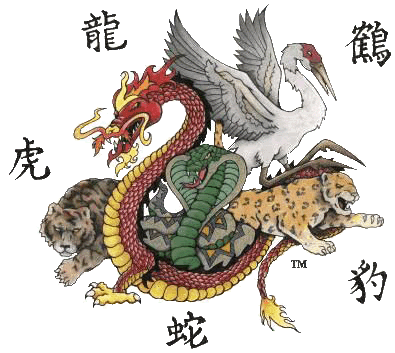
- Fuchsia os iso download for pc windows 10#
- Fuchsia os iso download for pc android#
- Fuchsia os iso download for pc code#
Fuchsia os iso download for pc android#
Ledger, once you’re signed into a Google Account on a Fuchsia device, will automatically hold your place in all installed apps across all Fuchsia devices.Īll in all, Fuchsia is Google’s attempt to get the best of Chrome and Android into a single operating system that’s more efficient and seamless both while you’re using it and when you’re away – not to mention in between those states or between devices.Įver since August 2016, we’ve come across a ton of rumors about Google Fuchsia’s release date – and each turned out to be wrong. To achieve this, Fuchsia uses a new tool known as ‘Ledger’ by the GitHub community. And, while it’s not ready for the limelight, this does mean that the fledgling OS is getting closer to being usable without days of preparation.įinally, Fuchsia strives to be the best cross-device OS to date. Google Chrome, or at least an early build of Chromium, is up and running on early builds of Google Fuchsia, according to a report from 9to5 Google. Nevertheless, we’re sure Google will roll better security into Cobalt eventually. Cobalt is supposedly a part of Google’s security-minded approach to the OS, but encryption hasn’t been worked in yet. Fuchsia will see the implementation of a new analytic program called ‘Cobalt,’ which will collect information on how you use apps within the OS. It also looks like Google will be changing how it gathers analytic data within Fuchsia, according to a report from 9to5 Google. We’ve even seen a recent demo that further demonstrates how deeply ingrained Google Assistant is in Fuchsia. Google has referred to these apps and pieces of information as ‘entities,’ according to a GitHub developer page, and they’re all accessible by Google Assistant on Fuchsia. Those apps are expected to look the same regardless of the device because of a new cross-platform mobile app development framework, developed by Google, known as Flutter.īeyond that, Google Fuchsia revolves around Google Assistant more deeply accessing and working with your apps and information to provide even more actions and insights. This orients the user around tasks at hand rather than apps. In addition, Fuchsia is heavily focused on a card-based interface, in which each app you open appears inside one of these cards – plus, you can place multiple apps into a single card. The result is an interface with more depth to its appearance than traditionally flat OS products. Shadows are a big part of the design aesthetic, using a new Vulkan-based graphics renderer known as ‘Escher’ to do the job. Whether it’s in the mobile or desktop mode, Fuchsia is loaded with Google’s Material design found all through its Android and Chrome OS products. In the case of Fuchsia, that kernel is known as ‘Zircon,’ and it’s built to be consistently upgradeable – in addition to being safe from applications accessing it constantly, adding an extra layer of security and eliminating situations where apps are rendered incompatible with OS updates.
Fuchsia os iso download for pc code#
In fact, Windows 10’s only unifier is its kernel, the root code that controls most of the OS.

Fuchsia os iso download for pc windows 10#
Windows 10 already scales depending on whether it’s being used with a desktop computer, phone, tablet or game console. 'Fuchsia is going to accomplish much of what Microsoft and Apple already have in Windows 10 and iOS-to-macOS Sierra Continuity, respectively, but in a very Google way.'ĭividing the OS up into two separate UI based on the hardware it’s being used on is a classic Microsoft-inspired move. So, backwards compatibility looks to be something that early Fuchsia adopters can look forward to. And, it looks like both versions should be capable of running Android apps, much like many Chromebooks in 2019.

So far, we know more about the mobile version of Fuchsia than the laptop one, but ArsTechnica was recently able to get Fuchsia running on a Google Pixelbook in a very early state. The entirety of Fuchsia OS is comprised of two distinct but connected user interface (UI): a phone-centric one codenamed ‘Armadillo’ and a traditional desktop UI known as ‘Capybara’ internally, according to 9to5Google. What we actually know is that Google Fuchsia is a hybrid OS that is still very much in its development stage. That basically means that we’ll just have to wait and see what happens, and what materializes out of all this testing.

While the team working on it says they want Fuchsia to be the ultimate Google OS, running on all of its phones, tablets, laptops and smart home devices – Google’s leadership is still considering it an experiment. Right now, there appears to be a divide within Google regarding what Fuchsia actually is.

Image Credit: Ars Technica What is Google Fuchsia?


 0 kommentar(er)
0 kommentar(er)
